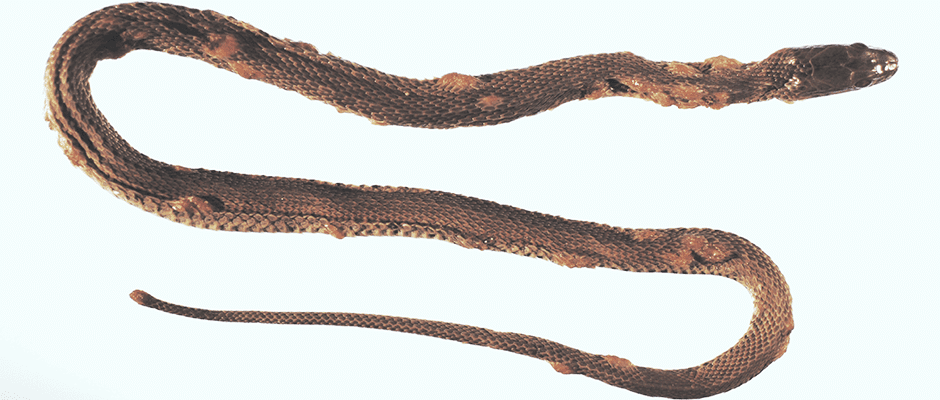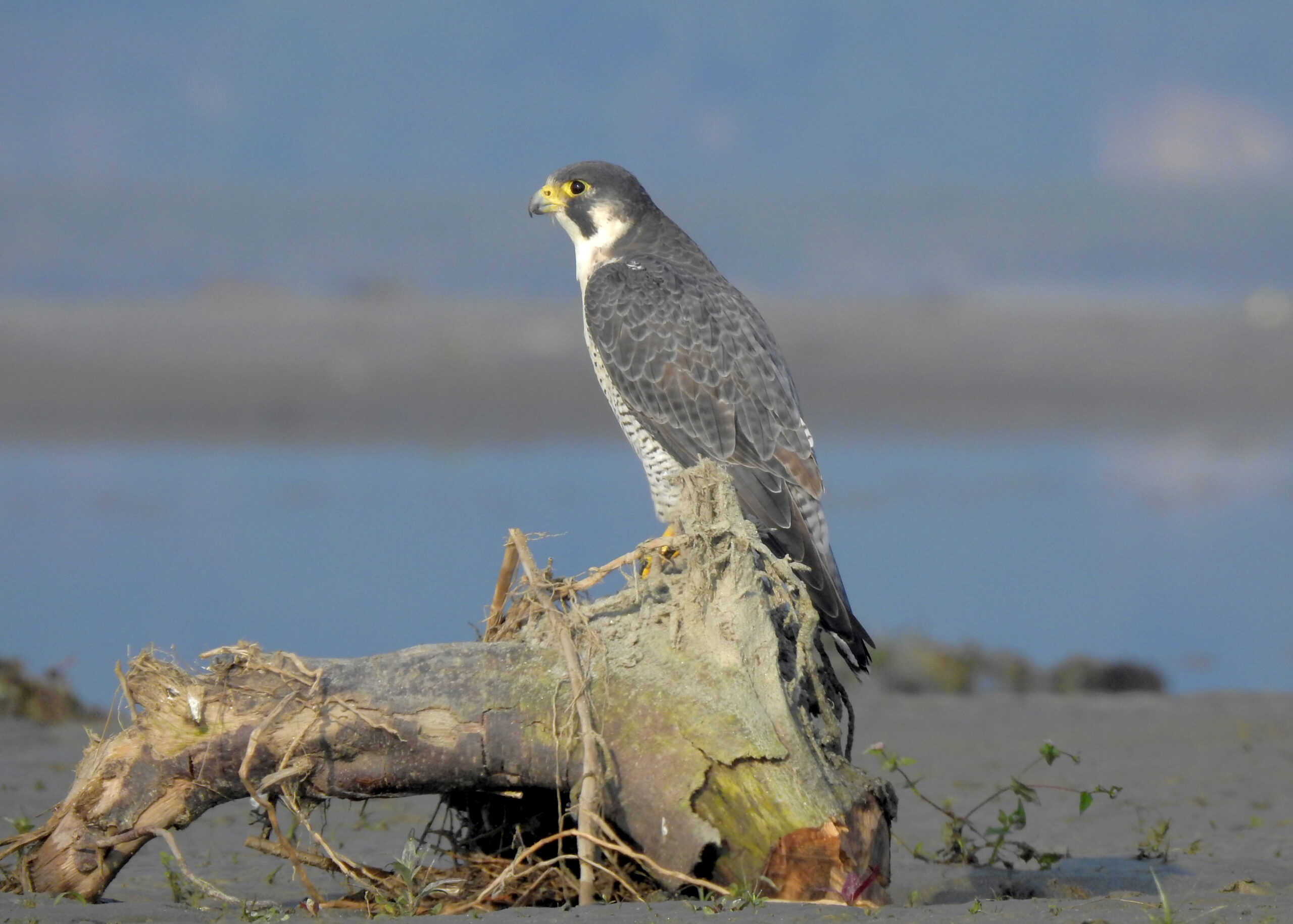Share this article
Deadly snake fungal disease doesn’t discriminate
Snake fungal disease infects snake species regardless of their ancestry, physical characteristics or habitats, according to new research.
“It was totally randomly dispersed,” said Frank Burbrink, curator of herpetology at the American Museum of Natural History and lead author of the recent study published in Science Advances. “That’s scary.”
In the study, Burbrink worked with U.S. Geological Survey microbe biologist Jeffrey Lorch and University of Maryland chytrid specialist Karen Lips to create a model for which 23 snake species were most likely to contract the disease from the Ophidiomyces ophidiodiicola fungus.
The researchers looked to see if snake species related to one another were more likely to have the fungal disease, but they found no indication of that.
Then, they looked at the snakes’ ecology and traits. They studied terrestrial snakes such as ratsnakes (Pantherophis alleghaniensis) and rattlesnakes (Crotalus); water snakes (Nerodia sipedon); and earthsnakes (Virginia_valeriae). They found the disease seemed to attack all of these snakes and 20 other species randomly as well, and since the fungus can live in the soil without a host, Burbrink said, snakes may not have to interact with each other to spread the disease.
Since some snake species are difficult to find in the wild, Burbrink and his colleagues tried to create a model to determine which snake species would become infected, but that model couldn’t pinpoint any particular species, either.
This suggests all snake species can get the disease, Burbrink said, although it doesn’t necessarily mean the fungus will kill all of these snakes.
Snake fungal disease has been documented in 23 snake species in the U.S., mostly in the eastern part of the country, and in three species in Europe.
Burbrink said his next step is monitoring the disease and looking at museum specimens to determine if it was prevalent centuries ago as well. He also plans to look at genetics of the disease and evolutionary history.
“With this disease, I think we’re still in the infancy,” he said. “This is a call to action to find this thing and all of the species that have it. We want to see how the disease is operating and spreads.”
Header Image: An eastern racer (Coluber constrictor) Shows signs of fungal skin infection. ©USGS National Wildlife Health Center/D.E. Green








